Let there be light! A famous saying which can relate to the success or failure of many a garden.
On this occasion I have in mind part of our own garden, set aside to be the fruit plot when we moved in 12 years ago, a rectangle on the south side of the garage between our plot and the neighbour’s.
I planted a row of upright cordon fruit trees (apples and a couple of pears) against the garage wall, with a pathway in front and on the other side of the path running N-S a collection of fruit bushes.
The early years were very successful but unfortunately a copse of conifer trees on the south side of our property began to grow rather fast and tall.
To cut a long story short, over the past year or two I had become rather dispirited about the situation as fruit yields began to diminish.
The neighbouring owners did promise to do “something about it” then Hallelujah, there came a storm, seriously damaging the said conifers and as a result they all had to be felled.
Fruit garden
I quite accept that I am being a bit selfish in my delight at the outcome when many of you have had much more serious situations to contend with but what will be will be.
My whole point being that I can now look to the future by bringing my little fruit garden back into production once again.
We have just picked about 3kg of blackcurrants and look forward to harvesting a small crop of gooseberries and red currants but the rasps had to be ditched.
The cordon trees have a few fruits on but they, more than the others, need pruning and feeding.
I did have the fruit garden enclosed within a mesh ‘tent’ but some of the supports were damaged in the storm and as a result, the local bird population has been assisting with the already meagre harvest.
By the way I don’t feel guilty in keeping them out because ordinarily, the monthly cost of bird feed clears my conscience.
Pruning
Right now, the priorities are feeding and irrigation. Whilst these take effect, I can start to do some pruning.
The blackcurrant bushes are easily dealt with at this time.
It is simply a case of tidying up the long growths, a consequence of the heavy shade causing the leading shoots to elongate, searching for better light.
I have cut these leaders back to about knee-height, the serious pruning will be done in the dormant season.
The gooseberries and red currants will be trimmed back too as soon as the very meagre crops have been picked but since they produce their fruits on short spurs, after harvest, I will simply give them a ‘light trim’.
Mildew
The serious job will be carried out in spring next year.
The cordon (pillar) top fruit, planted to be trained on the garage wall have suffered from drought thus showing a bit of mildew as a result of the stress.
Apart from giving them a good soaking and a dressing of fertiliser, I have pruned back much of the young mildewed growth.
Given a few weeks, I expect to see them make a good recovery with promise of a better crop next year.
You will note that I haven’t mentioned strawberries.
This year we were reduced to the yield from a crop grown in growbags as a bit of a trial. I won’t do it again.
Meantime, I have planted a new crop in the smallest of my raised beds and they are coming away quite nicely.
They are planted through a ground cover fabric and currently, I am removing the new runners from these young plants.
Raised beds
We might even harvest a light crop later on in the summer. I already have hoops over this raised bed so I can protect the fruit from the budgies by throwing a light mesh net over the whole unit.
Already, the summer flower displays are looking fantastic following on from a terrific spring with rhododendrons, azaleas, rowans, all giving us great displays.
In some cases you could hardly see the foliage for flowers, I’ve noticed a few clematis like that, all due to the weather patterns.
When spring-flowering plants fail to produce adequate blossom, it can often be related to the weather conditions the previous year when the flower buds were being initiated.
Take time to look round your plants regularly, taking the secateurs with you to prune off dead and damaged flowers and shoots.
The sooner you act, the sooner the new growth will sprout and in many cases, give you some flower later in the summer, a classic case being the hybrid tea and floribunda roses.
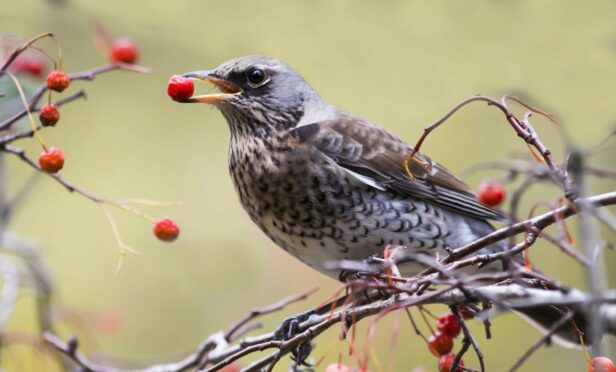
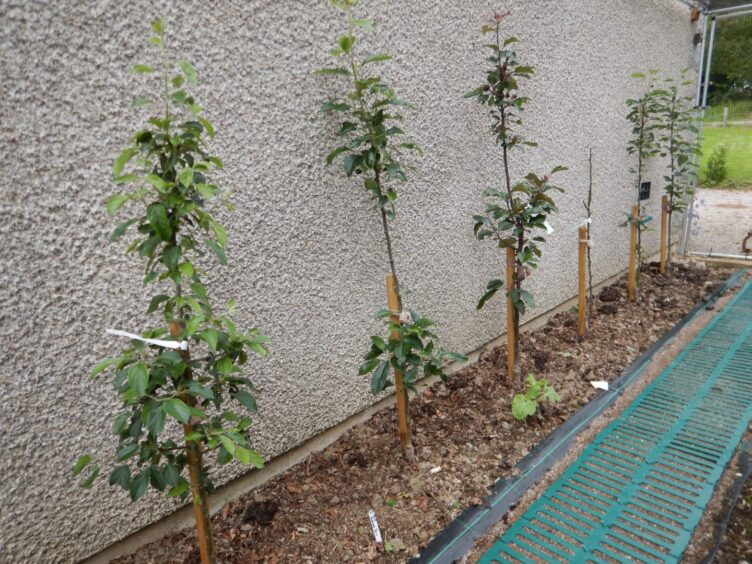
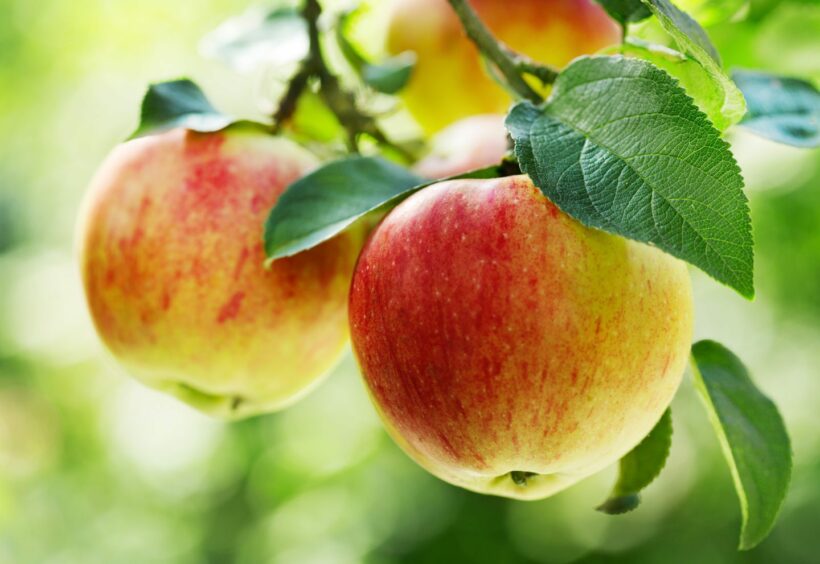
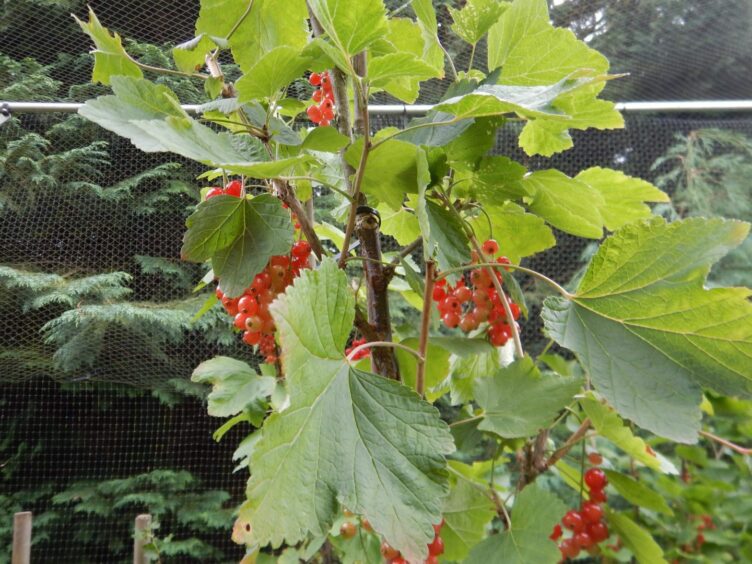

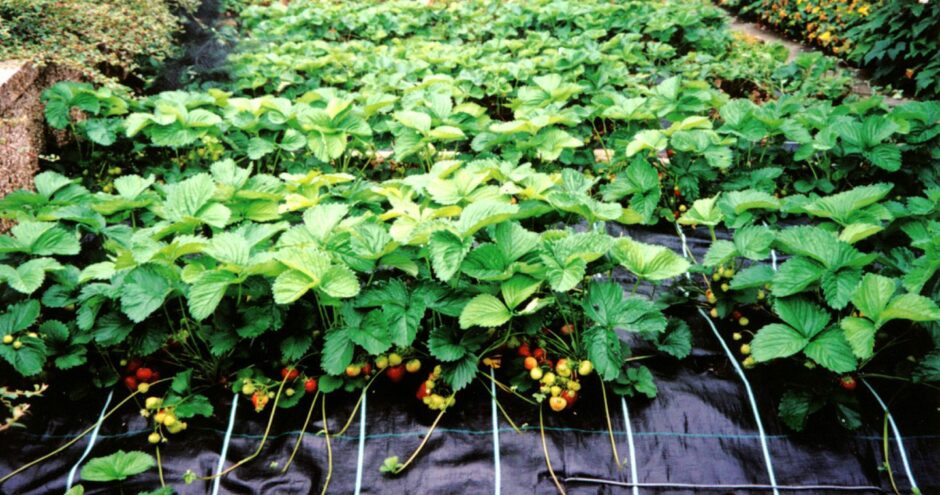
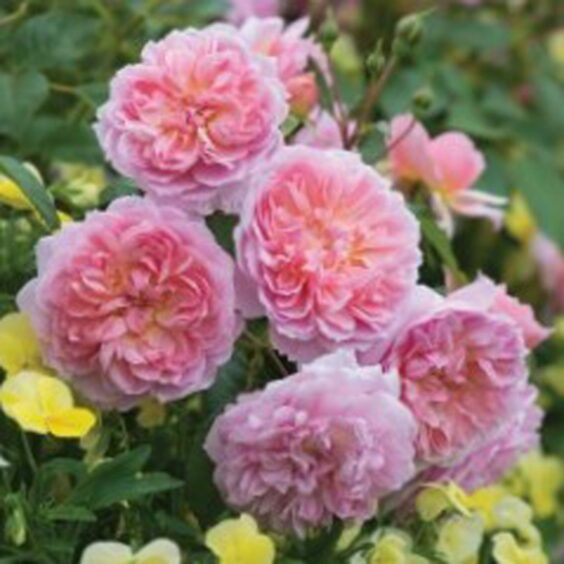
Conversation